The Myth of Microneedling: Does a Deeper Needle Mean Better Results for Pigmentation?
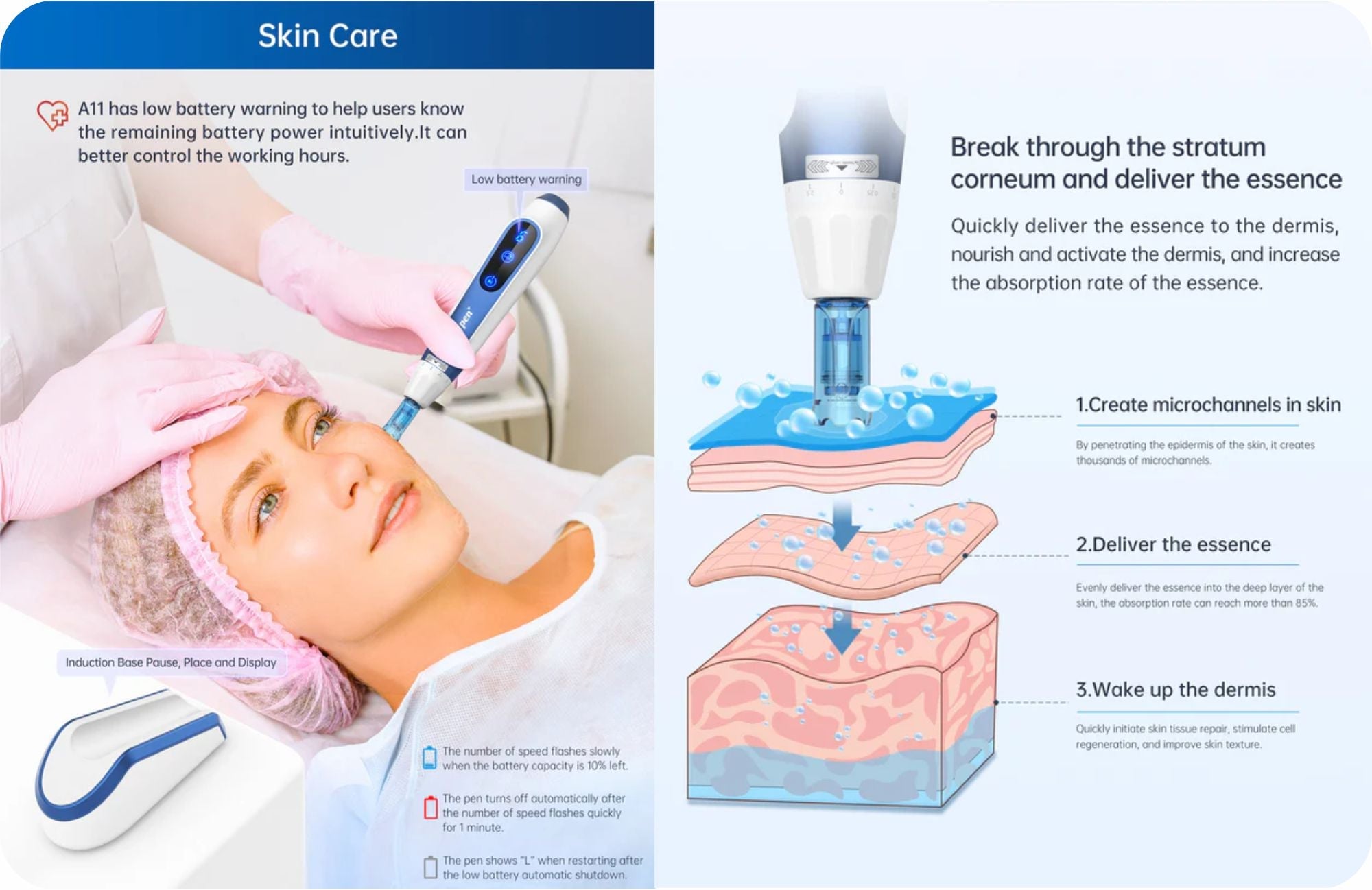
Understanding Microneedling
Microneedling uses fine needles to create controlled micro-injuries in the skin. These micro-channels trigger the skin’s natural healing process, stimulating collagen and elastin production. Depending on the depth of penetration, microneedling can target different skin concerns:
-
Superficial (0.25–0.5 mm): Improves product absorption, brightens skin tone, and helps with mild pigmentation.
-
Medium (0.5–1.0 mm): Targets early fine lines, acne scars, and moderate pigmentation.
-
Deep (1.5–2.5 mm): Typically reserved for deeper acne scars, stretch marks, or significant textural issues—not pigmentation

Why Deeper Isn’t Better for Pigmentation
Hyperpigmentation, melasma, and post-inflammatory pigmentation are conditions primarily rooted in the epidermis (the upper layer of skin) or at the junction between the epidermis and dermis. Using unnecessarily deep needles can:
-
Irritate melanocytes (pigment cells): Aggressive injury may worsen pigmentation instead of improving it.
-
Trigger post-inflammatory hyperpigmentation (PIH): Especially in darker skin types, deeper injury increases the risk of rebound pigmentation.
-
Cause unnecessary pain and downtime: Going deeper than required only increases trauma without added benefit.
 The Science-Backed Approach
The Science-Backed Approach
Studies show that superficial to medium microneedling depths (0.25–1.0 mm) are most effective for treating pigmentation. At these levels, the treatment:
-
Improves the penetration of topical brightening agents like vitamin C, tranexamic acid, or glutathione.
-
Stimulates gentle skin renewal without triggering excess inflammation.
-
Provides visible results with lower risk of complications.
Key Takeaways
-
Deeper is not always better. For pigmentation, shallower microneedling is often safer and more effective.
-
Customized treatment is essential. The right depth should depend on the concern being treated, skin type, and professional assessment.
-
Combination therapy works best. Pairing microneedling with topical serums, chemical peels, or laser treatments often enhances results for pigmentation.
Final Word
Microneedling is a powerful tool, but like any treatment, its effectiveness depends on how it’s used. Believing in the “deeper needle = better results” myth for pigmentation can do more harm than good. For safe and lasting improvement, trust an experienced aesthetic practitioner who tailors the treatment to your unique skin needs.

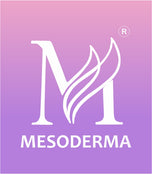
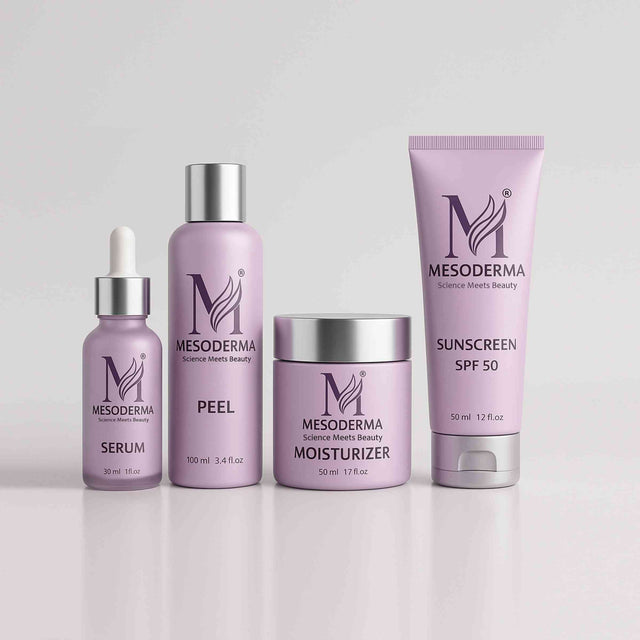
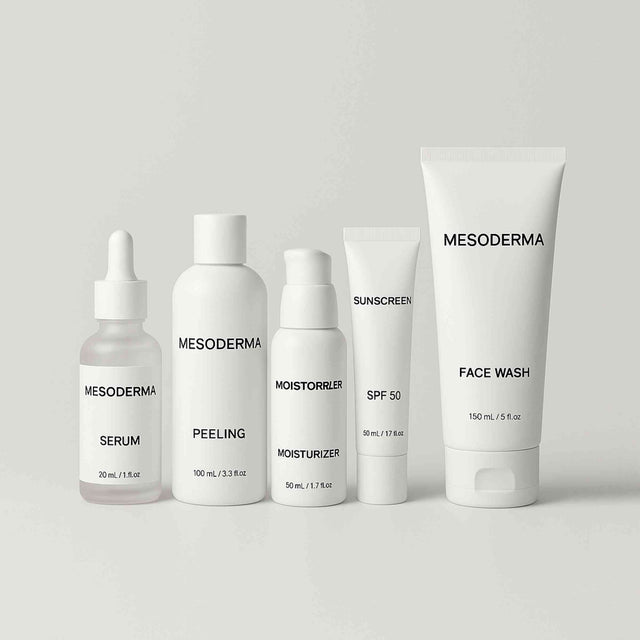

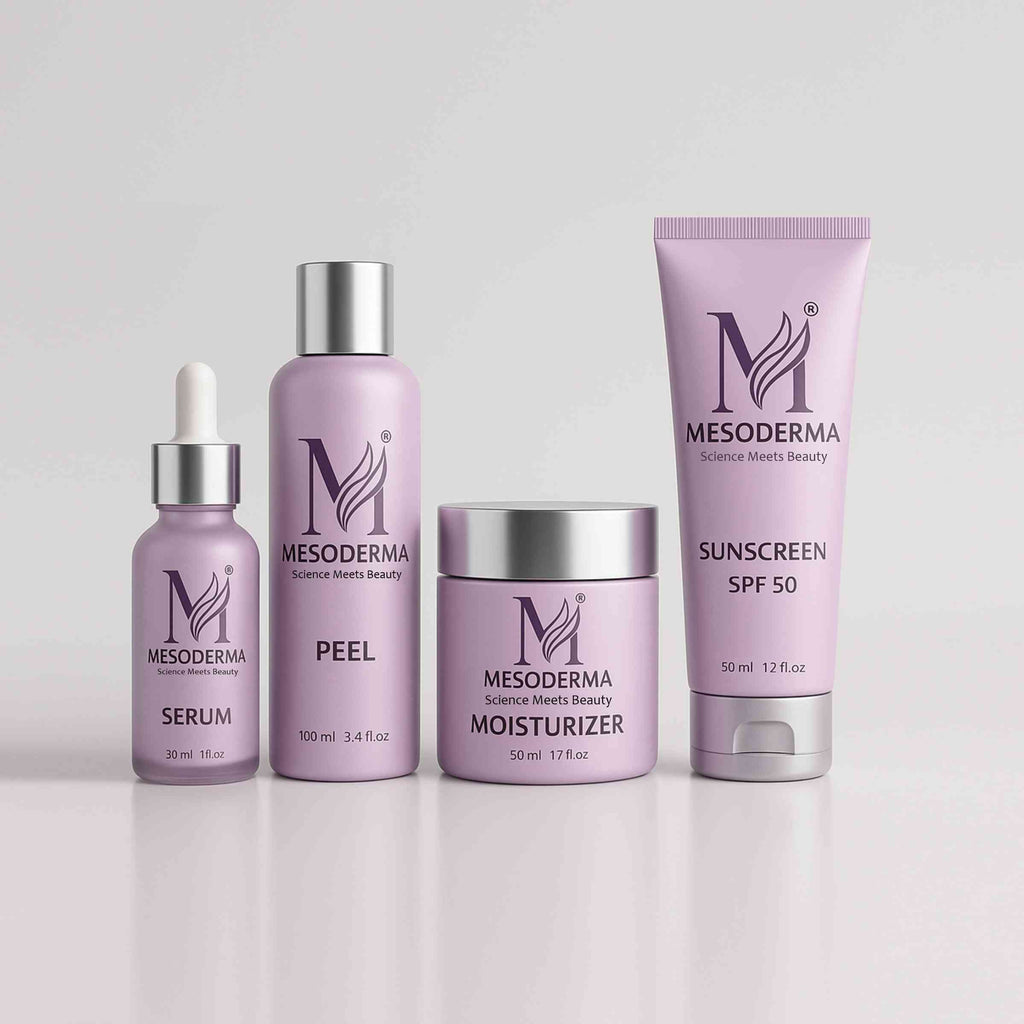
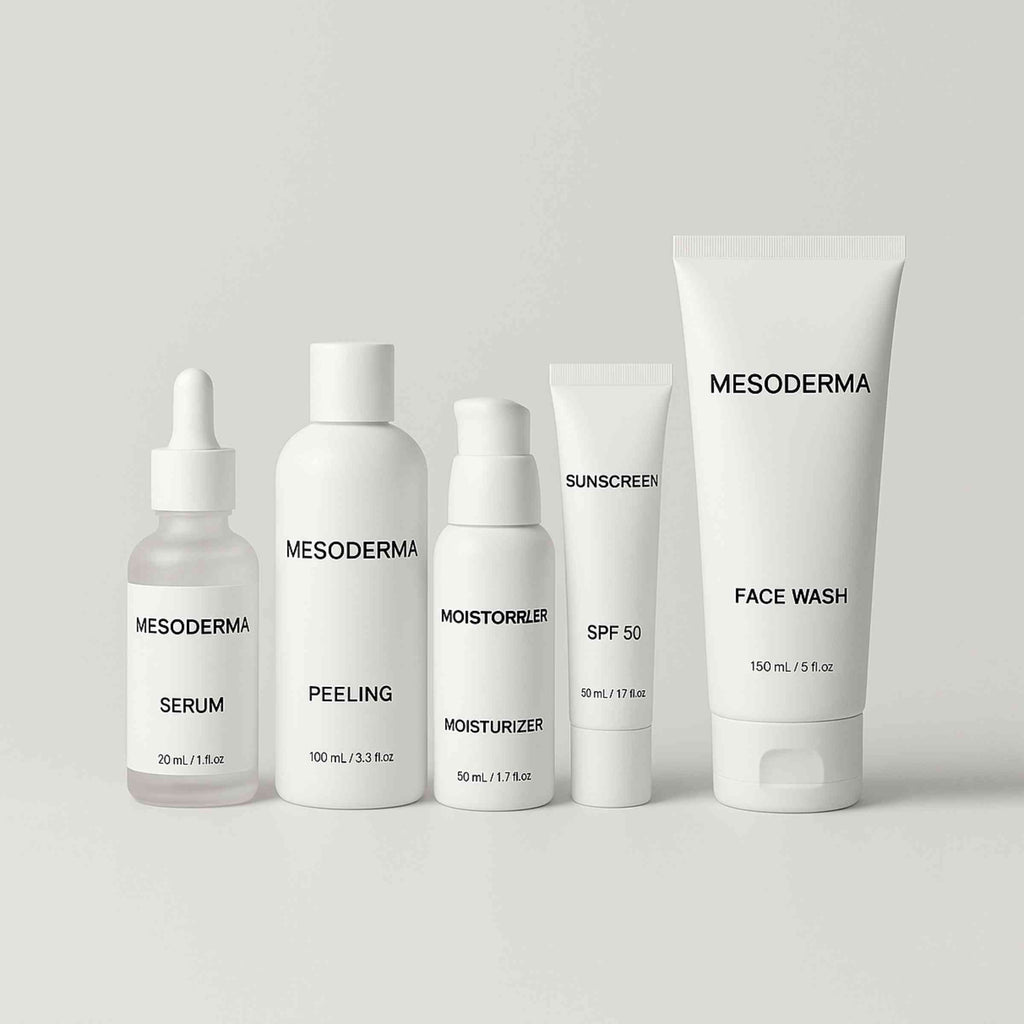


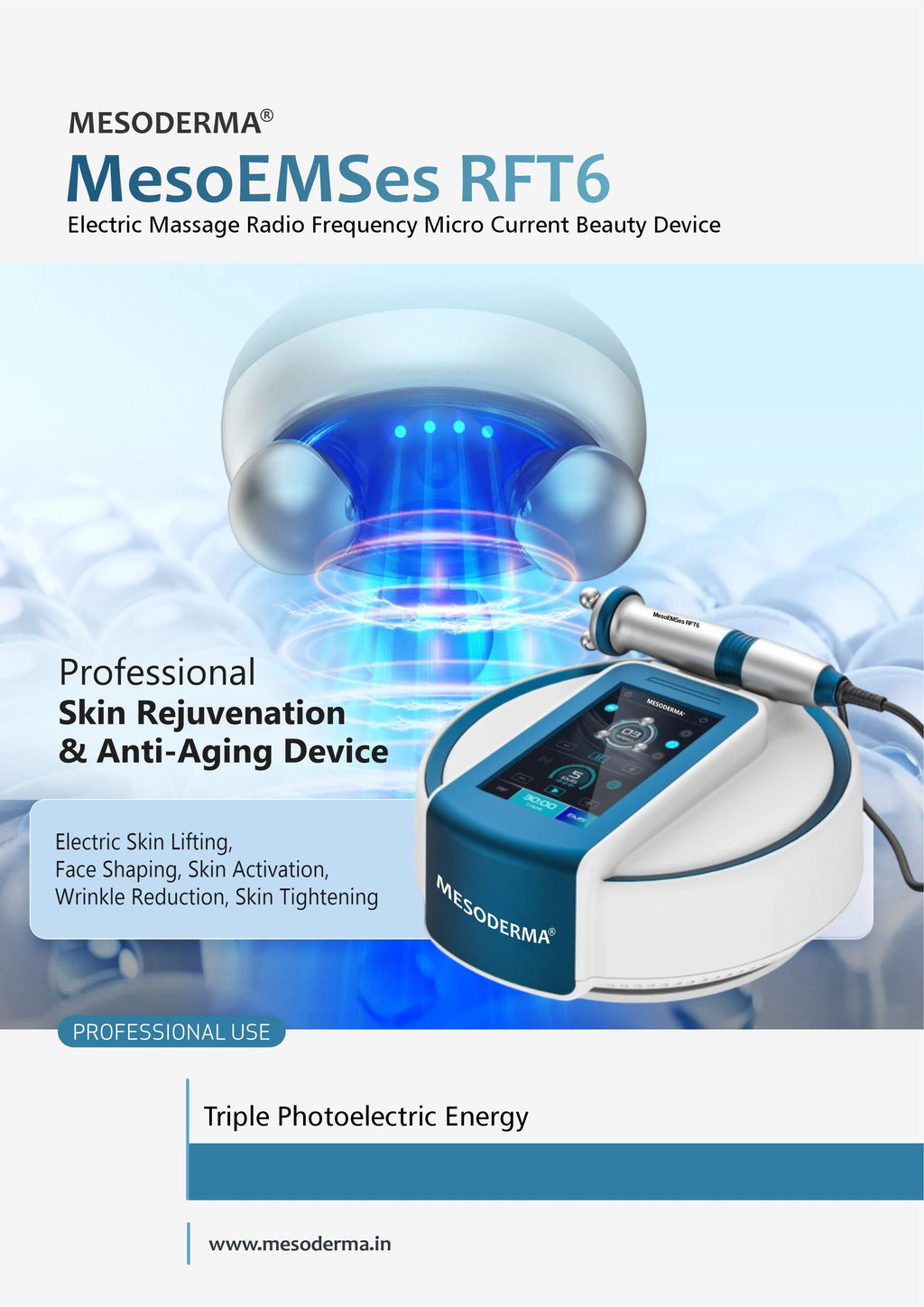
Leave a comment
All comments are moderated before being published.